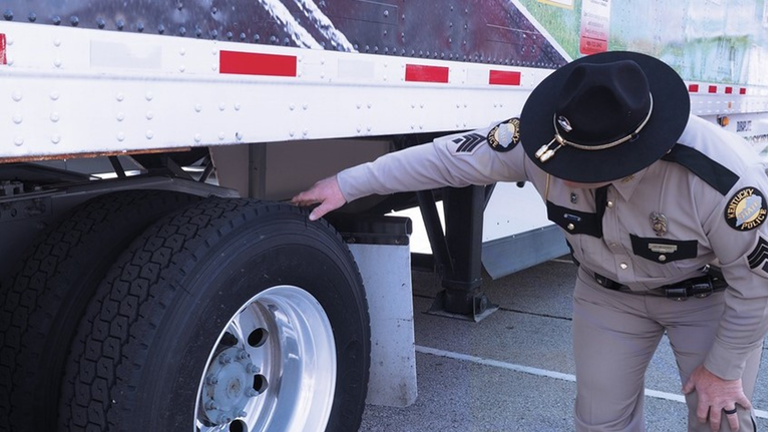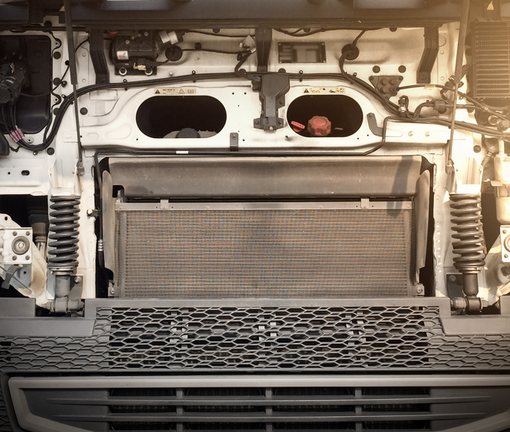Originally published in FleetOwner
We know it is coming every year, and yet we never seem to be fully prepared for it. Of course, I am talking about the Commercial Vehicle Safety Alliance’s (CVSA) International Roadcheck. A 72-hour safety blitz that in 2021 will take place from May 4 to 6 throughout the U.S., Canada and Mexico.
CVSA gives the industry fair warning about the event. CVSA President Sgt. John Samis with the Delaware State Police explains, “CVSA shares the dates of International Roadcheck in advance to remind motor carriers and drivers of the importance of proactive vehicle maintenance and driver readiness.”
Roadcheck consists of Level 1 and Level V inspections meaning inspectors will be looking at the vehicle’s brake systems, cargo securement, coupling devices, driveline/driveshaft components, driver’s seat, exhaust systems, frames, fuel systems, lighting devices, steering mechanisms, suspensions, tires, van and open-top trailer bodies, wheels, rims, hubs and windshield wipers in order to make sure they are compliant with regulations.
In addition, every year CVSA picks an area of focus. This year there are two — hours of service is the focus in the driver category and lighting will get extra attention in the vehicle category.
I understand why they planned to focus on lighting this year. The Federal Motor Carrier Safety Administration (FMCSA) said that the lighting violation “lamps inoperable” (Title 49 Code of Federal Regulation 393.9) was the top violation in fiscal year 2020. It accounted for 12.24% of all vehicle violations discovered that year.
Given that Roadcheck is not until May, fleets have plenty of time to analyze maintenance and repair data along with data from roadside inspections to notice patterns of recurring problems and to discover the root causes of those issues. Then steps can be taken to change inspection procedures or maintenance practices so that those problems can be found and fixed before trucks leave the yard.
However, to really fix a problem, it is important to identify the root cause — which can be tricky with electric components. There is no point in just fixing the symptom because that only temporarily makes things better. Permanent fixes require digging deep to find the real culprit.
I know you are thinking that I write about Roadcheck every year when it rolls around. And I probably will keep doing it as long as the statistics that are posted following the safety blitz continue to show fleets getting violations — and even getting placed out of service — for issues that could have been taken care of by a change in the vehicle inspection process and maintenance procedures.
If all of us make a concerted effort, maybe next year at this time I can write about a different topic.





